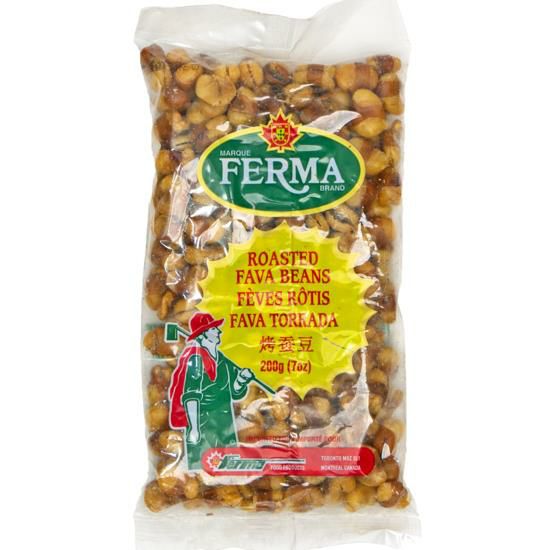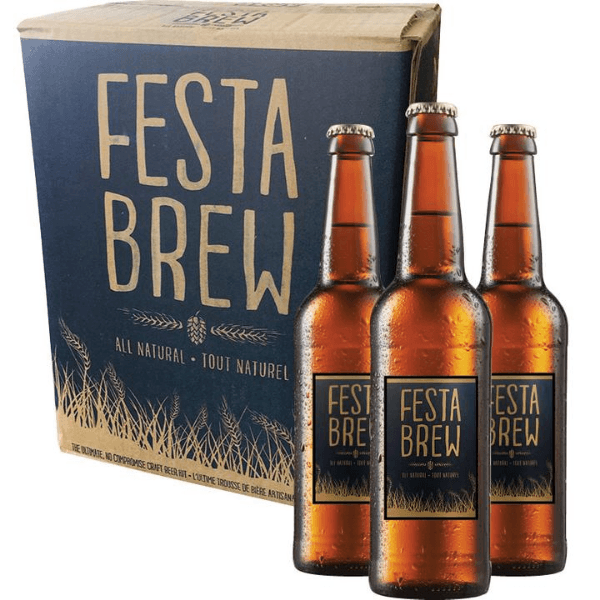Seasonal Fresh Juice Instructions
It is essential that you follow the instructions in the right order. Failure to do so can potentially result in unsuccessful wine.
For some wine styles, you may be supplied multiple packages of the same ingredient (e.g. yeast, bentonite,).
Wine Kit Includes:
- Wine Base - unlabeled large bag consisting of grape juice concentrate
- Yeast Pack
- Yeast Nutrient
- Potassium Metabisulphite — used to prevent oxidation and improve shelf life
- Potassium Sorbate — used as an anti-microbial agent to prevent re-fermentation
- Fining Agents — Kieselsol and Chitosan (2 packages) — removes proteins, which results in a clear stable wine.
Equipment required:
If you do not have any equipment to start making your own wine, you can buy all the needed equipment at once. If you want to save your time and money this Starter Kit will be ideal for you. You will need:
 Primary Fermentor:A food grade plastic container calibrated to 23 L/6 US gal. With optional holes on the lid set for #6.5 Rubber Stoppers. See our Fermentation Equipment
Primary Fermentor:A food grade plastic container calibrated to 23 L/6 US gal. With optional holes on the lid set for #6.5 Rubber Stoppers. See our Fermentation Equipment
 Carboy: A glass or plastic carboy to hold 23 L/6 US gal and will fit a fermentation lock and stopper(#6.5 for glass carboys and #10 for plastic).
Carboy: A glass or plastic carboy to hold 23 L/6 US gal and will fit a fermentation lock and stopper(#6.5 for glass carboys and #10 for plastic).
![]() Racking Tube & Tubing: Approximately 6 ft. long flexible, food grade tubing with a rigid plastic siphon rod. Check our Equipment for Tranfering
Racking Tube & Tubing: Approximately 6 ft. long flexible, food grade tubing with a rigid plastic siphon rod. Check our Equipment for Tranfering
 Fermentation Lock & Stopper: Fits into the carboy, and is half-filled with water or sterilizing solution. Allows CO, to escape and prevents oxygen and spoilage organisms from entering the wine.
Fermentation Lock & Stopper: Fits into the carboy, and is half-filled with water or sterilizing solution. Allows CO, to escape and prevents oxygen and spoilage organisms from entering the wine.
 Hydrometer & Test Jar: Used to check specific gravity of your wine at different stages of the fermentation process.
Hydrometer & Test Jar: Used to check specific gravity of your wine at different stages of the fermentation process.

 Wine Corker to seal the bottles with the wine corks
Wine Corker to seal the bottles with the wine corks
 Solid Bung: Fits into the carboy. Prevents oxygen and spoilage organisms from entering the wine. Use once wine is fully degassed.
Solid Bung: Fits into the carboy. Prevents oxygen and spoilage organisms from entering the wine. Use once wine is fully degassed.
 Sodium Metabisulphite and/or aseptox for sanitizing anything the wine touches.
Sodium Metabisulphite and/or aseptox for sanitizing anything the wine touches.
STAGE 1 - Primary Fermentation - DAY 1:
Remember to sterilize your containers and equipment with a sterilizing solution before proceeding. Most municipal water supplies are chlorinated, which can interfere with yeast, leading to incomplete fermentation. It is strongly recommended that tap water be drawn off the day before use and allowed to sit overnight at room temperature to allow chlorine to dissipate. Alternatively, you may use still bottled water (reverse osmosis water is preferred). It is also strongly recommended that you let your wine kit sit at room temperature the day before use.
We strongly recommend not topping up at any stage or step to ensure a properly balanced wine.
- Empty the contents of the large Sterile Juice Bag into the Primary Fermenter. Take initial specific gravity reading.
- If your winemaking product includes an Grape Pack or Dried Raisins, you may add them to the Primary Fermenter now.
- Ensure the temperature of the room and the juice are both between 18-24°C/65-75°F. Add the Yeast pack to your Primary Fermenter. Place the lid on your Primary Fermenter, but do not seal the lid.
- The fermentation will begin within 24-48 hours.
- Mix thoroughly daily.
- Once the specific gravity reaches 1,040-1,050, you can add the Yeast Nutrient and stir lightly. Careful to avoid overflowing if the Primary Fermenter is mostly full.
STAGE 2 - Secondary Fermentation - DAY 6:
- Rack your wine into a clean and sanitized Carboy using a Siphon Tube. Allow the wine to splash into the Carboy including the sediment.
- If your winemaking product included an Grape Pack or Dried Raisins, press the skins using a cheesecloth to extract all the must and add this must to your Carboy. If your package contains Oak Chips, you may add them now.
- Install the Airlock and Bung. Make sure the Airlock is filled with water with a metabisulfite solution.
STAGE 3 - Degassing, Clearing and Stabilizing - DAY 15:
- Place the Carboy on a steady surface 3-4 feet above ground. Rack your wine into another Carboy (or briefly into your Primary Fermenter while you clean and sanitize the Carboy in order to use it again) with a Siphon Tube. Transfer the liquid and leave all thick sediment behind. Allow the wine to splash into the Carboy in order to let the CO2 (tiny bubbles) escape. If your wine contained Oak Chips, do not transfer the Oak Chips.
- Stir your wine vigorously with a Long Mixing Spoon for 2-3 minutes. You must remove all the CO2 gas in order for the wine to clarify properly.
- Mix the contents of the pouch marked Potassium Metabisulphite into 50mL (1.69 fl. oz.) of cool water until it is dissolved. Add it to your wine and stir.
- Add the pouch marked Kieselsol to your wine and stir for 2 minutes.
- Add the pouch marked Chitosan to your wine and stir for 2 minutes.
- Mix the pouch marked Potassium Sorbate in 50mL (1.69 fl. oz.) of cool water, dissolve and add to the wine. Mix thoroughly.
- If your winemaking product contained Wine Conditioner, you may mix it in a liter (34 fl. oz.) of wine, stir and add to the rest of the wine.
- Ensure that your Carboy is full to within 2 inches of the Airlock. Should you require to top up your Carboy, it is preferable to add finished wine, not water. Apply Airlock on the Carboy and place the wine back in a cool (10-20°C / 50-68°F) and safe place for 7-10 days.
- If you wish to filter your wine, you may do so once your wine has been clear for at least 10 days.
STAGE 5 - Bottling - DAY 28:
- Using a Siphon Tube, fill up your Bottles with your wine.
- Insert corks using a Corker.
- Optional: Label your Bottles and place shrink caps.
- Place your Bottles upright for 3 days, then lay them down and store your wine in a cool and dark environment. We recommend waiting at least 2 weeks for the wine to get over “bottle shock”. Don’t forget: Your wine will get better with time.


